
AeroGenie — あなたのインテリジェントな副操縦士。
現在のトレンド
Categories
Business Jet Industry Remains Confident Despite Supply Chain Challenges
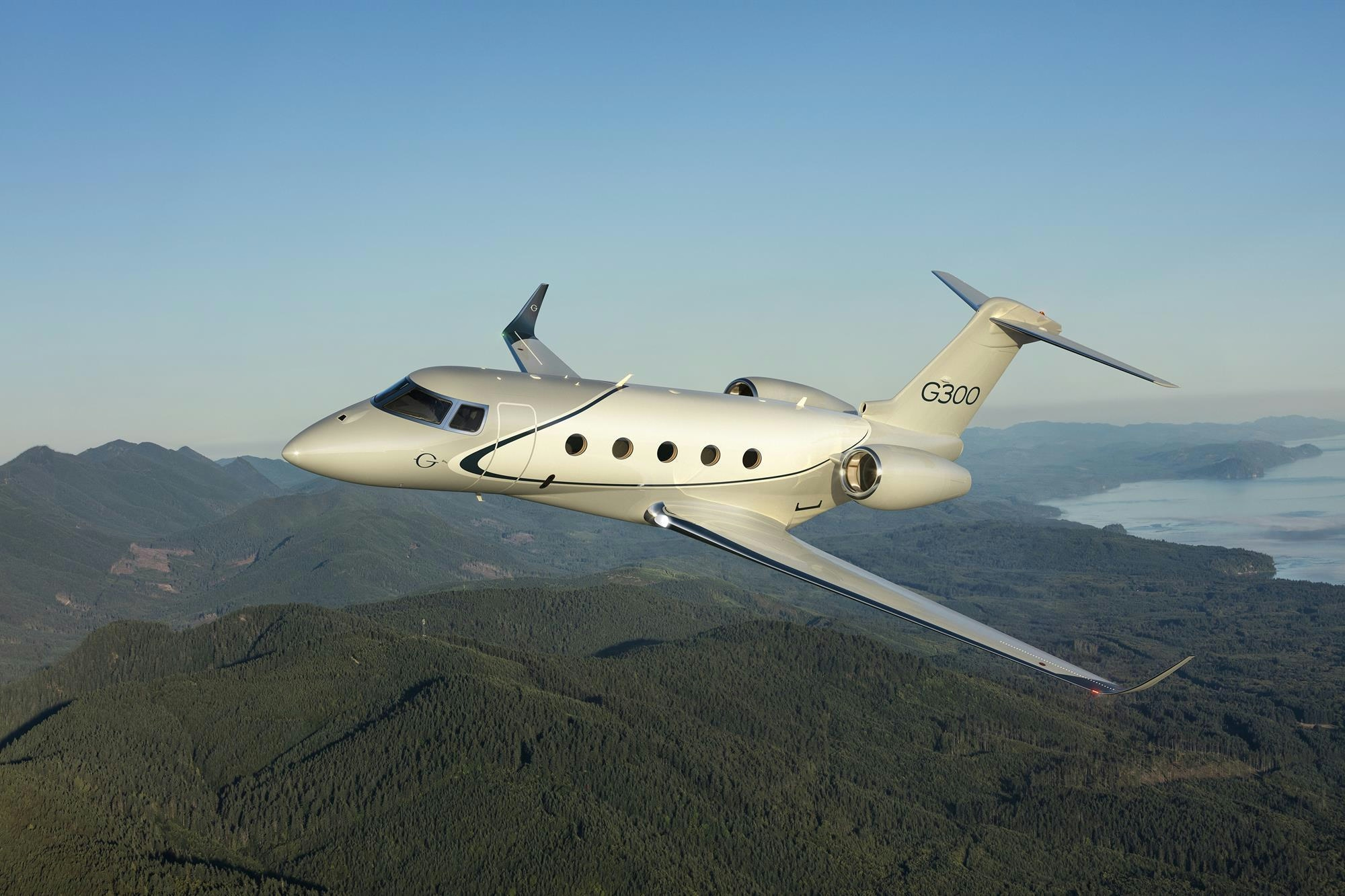
Business Jet Industry Confronts Supply Chain Challenges with Optimism
The business aviation sector is currently facing significant supply chain disruptions that threaten to impede its rapid expansion. However, industry leaders maintain a cautiously optimistic outlook for the future. Michael Amalfitano, Chief Executive of Embraer Executive Jets, provided a forthright evaluation at the NBAA-BACE newsmakers lunch, highlighting that the supply chain is struggling to sustain the capacity and quality required to support ongoing growth. Since the onset of the Covid-19 pandemic, the business jet market has experienced an approximate annual growth rate of 15 percent, yet suppliers have been unable to match this pace. Amalfitano attributed these difficulties in part to an increase in component failures and the loss of experienced personnel during the pandemic.
This perspective is widely shared across the industry. Eric Martel, Chief Executive of Bombardier, noted a significant exodus of skilled craftsmen following the pandemic, resulting in gaps in knowledge transfer. This has led to “quality escapes” throughout the supply chain, affecting suppliers at all levels. Ron Draper, Chief Executive of Textron Aviation, pointed to additional bottlenecks caused by workforce shortages and supplier consolidation, further complicating the supply chain landscape.
Strategic Responses and Market Resilience
In response to these challenges, leading manufacturers have taken a more hands-on approach by embedding their own staff within supplier operations to identify and address issues proactively. Despite these ongoing obstacles, the industry continues to demonstrate resilience. New business jet sales increased by nearly 10 percent in the first half of 2025, reflecting sustained demand amid persistent trade and geopolitical uncertainties. Martel emphasized the continued growth trajectory, underscoring the sector’s ability to navigate external pressures.
Economic indicators reinforce this positive outlook. Draper highlighted robust backlog levels among original equipment manufacturers (OEMs), steady flying activity, and a healthy used aircraft market. He noted that OEMs have avoided overproduction during the current cycle, maintaining a balance between supply and demand that supports market stability.
Looking ahead, forecasts remain encouraging. Honeywell projects approximately 8,500 business jet deliveries valued at $283 billion over the next decade, with North America expected to represent about 70 percent of new deliveries. Conversely, the International Air Transport Association (IATA) has cautioned that ongoing supply chain disruptions could cost airlines more than $11 billion in 2025, illustrating the broader implications for the aviation industry.
Despite these headwinds, innovation continues to be a priority. Embraer is exploring the development of a larger business jet to address evolving customer requirements. As the sector contends with supply chain constraints, industry leaders express confidence that strong demand and strategic adaptation will underpin sustained growth in the coming years.
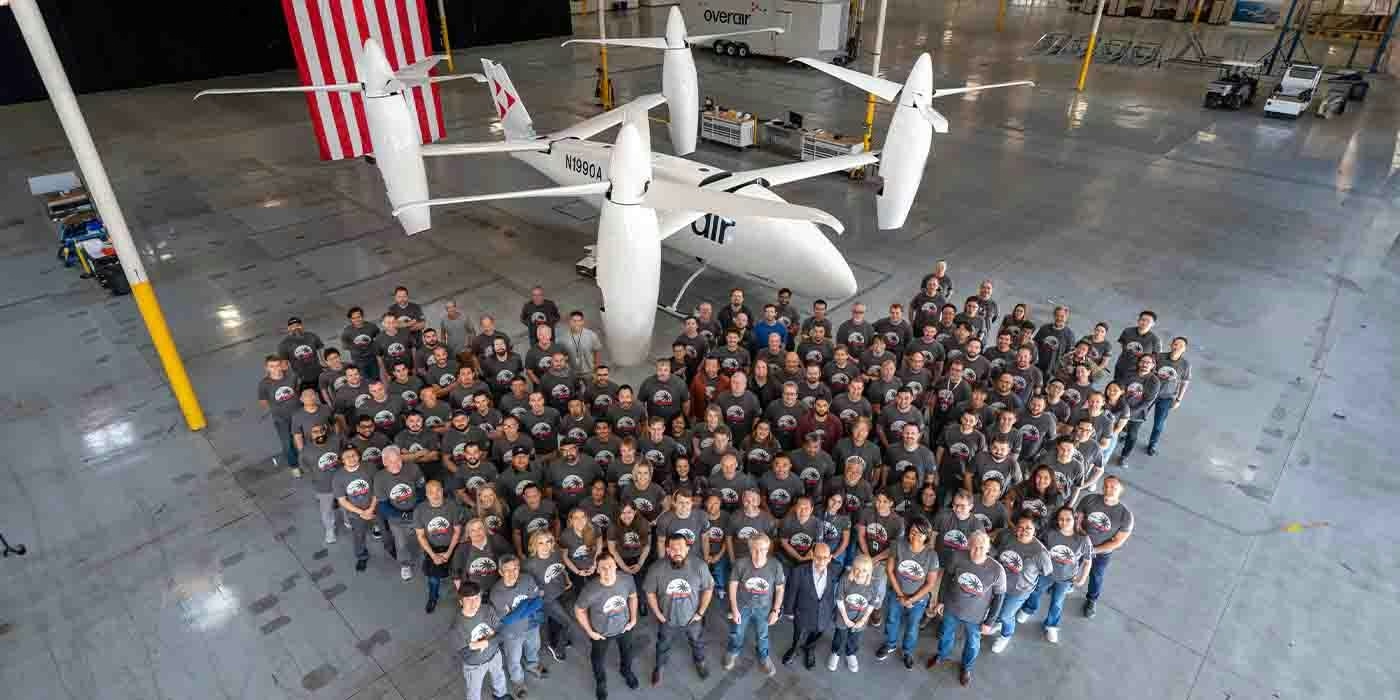
Unique mixed-propulsion eVTOL completes transition flight testing
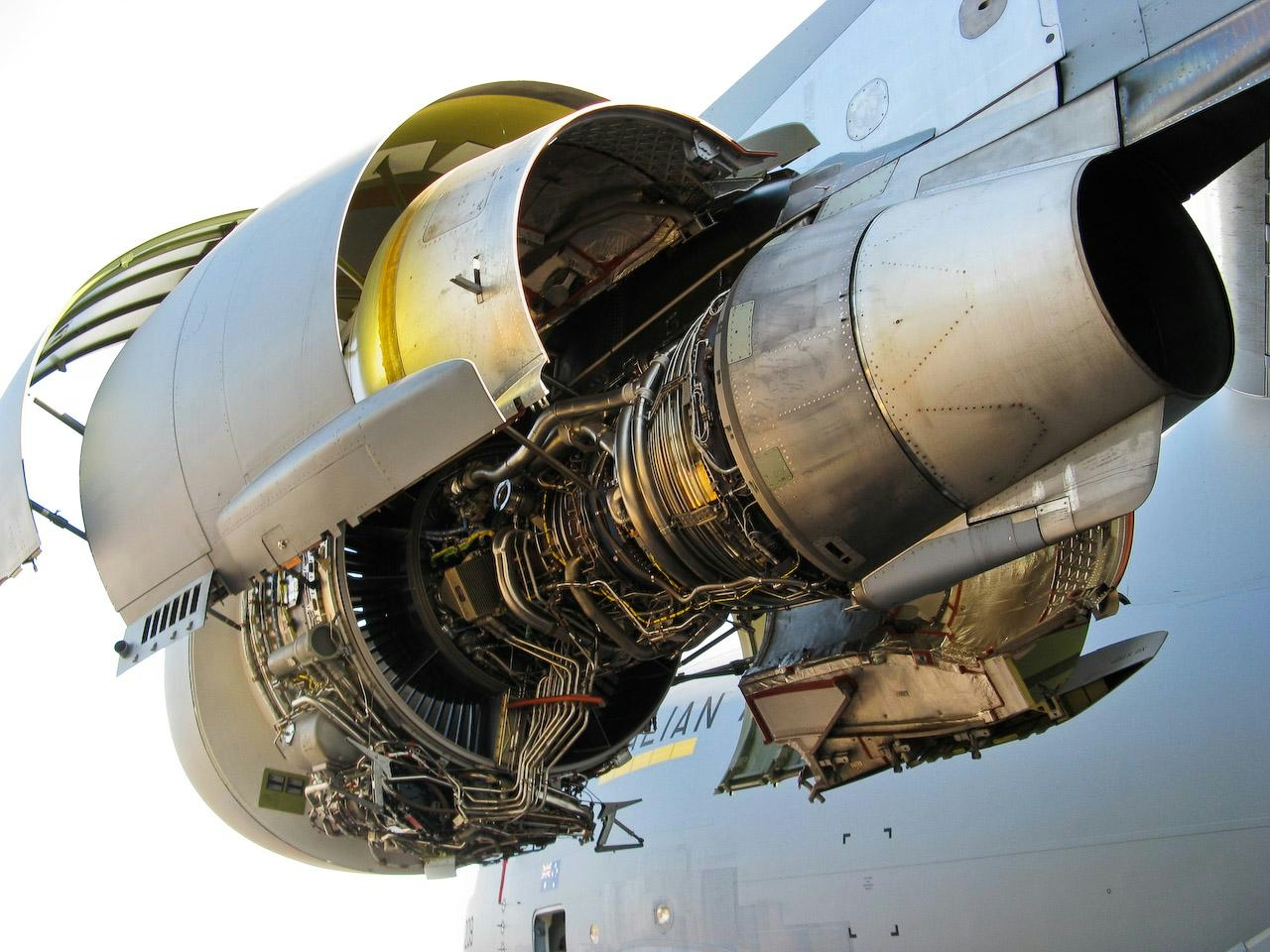
Are C-17 Globemaster Engines Derived from Boeing 757?
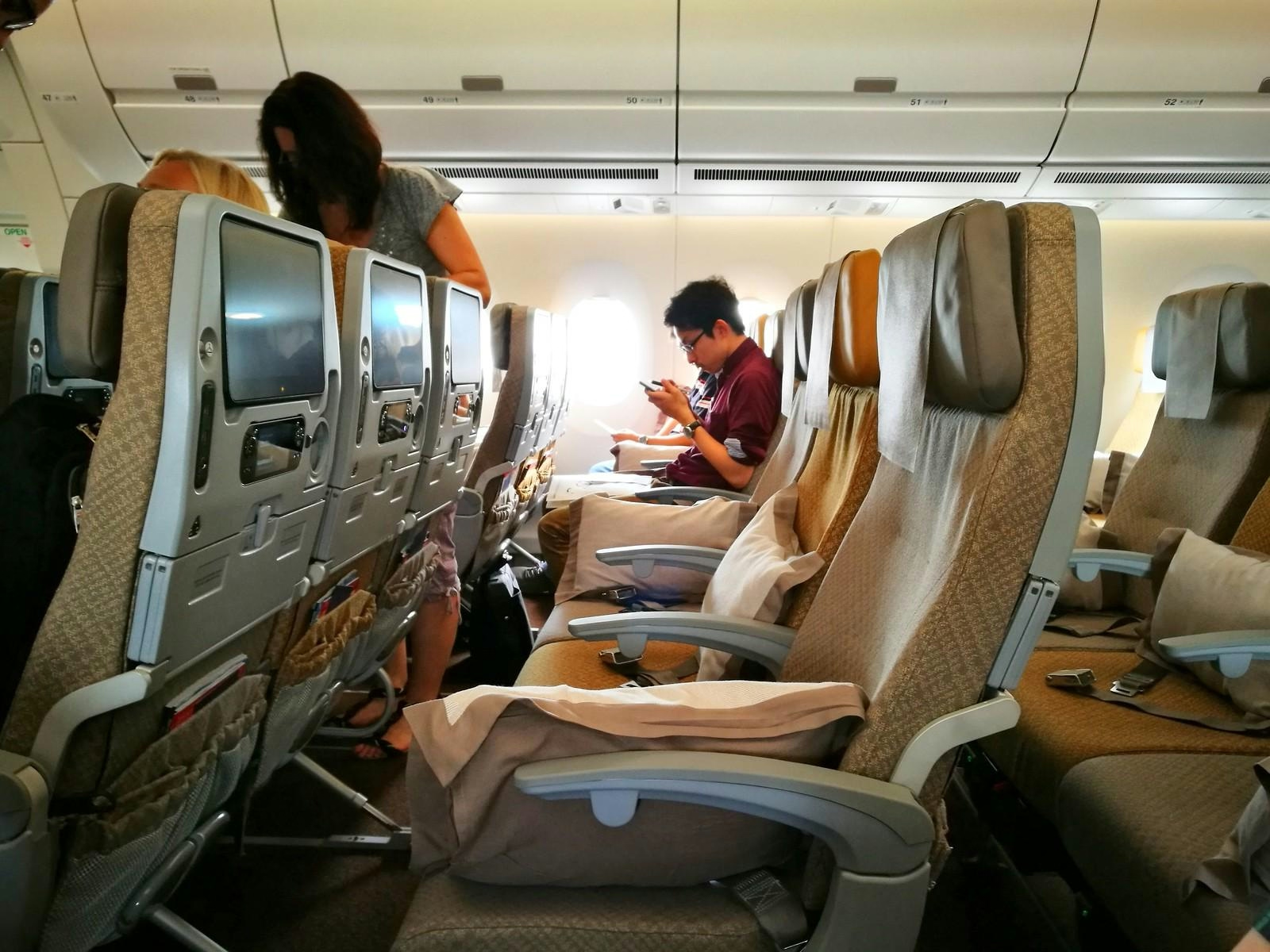
Why the Airbus A350’s Cabin Is Quieter Than Other Aircraft
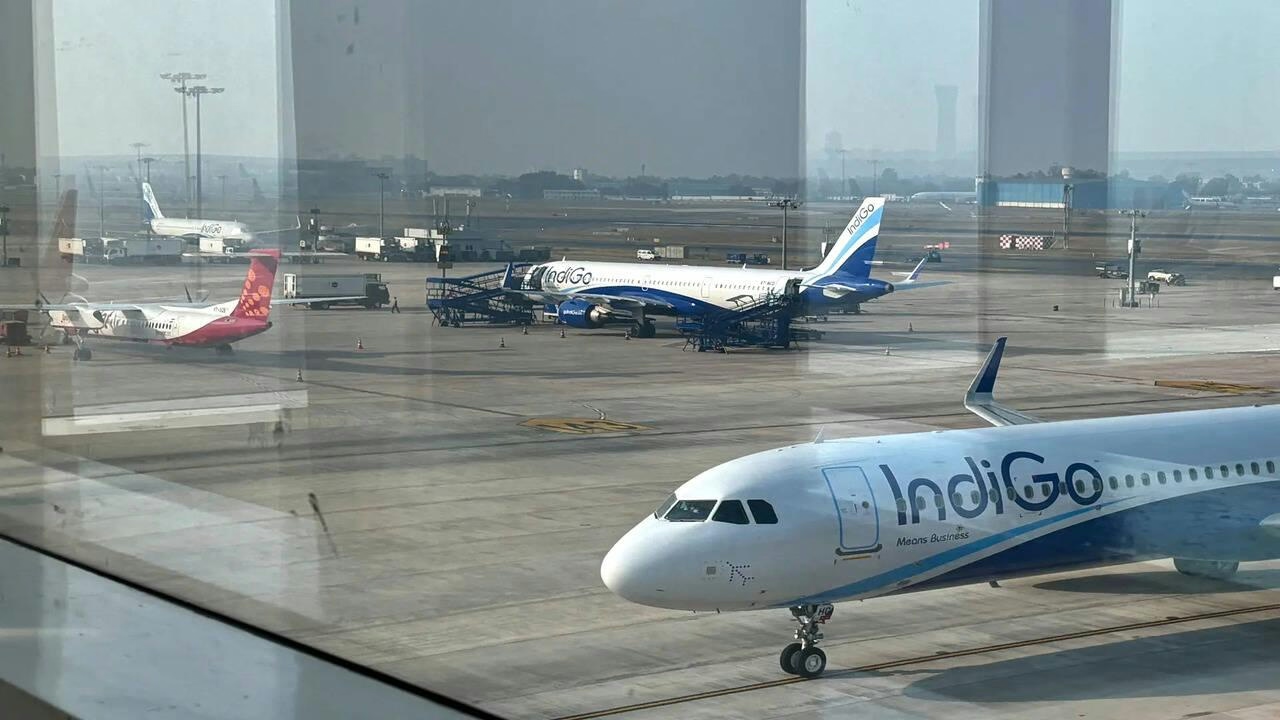
AI and AI Express Plan to Increase Capacity Amid IndiGo Flight Disruptions
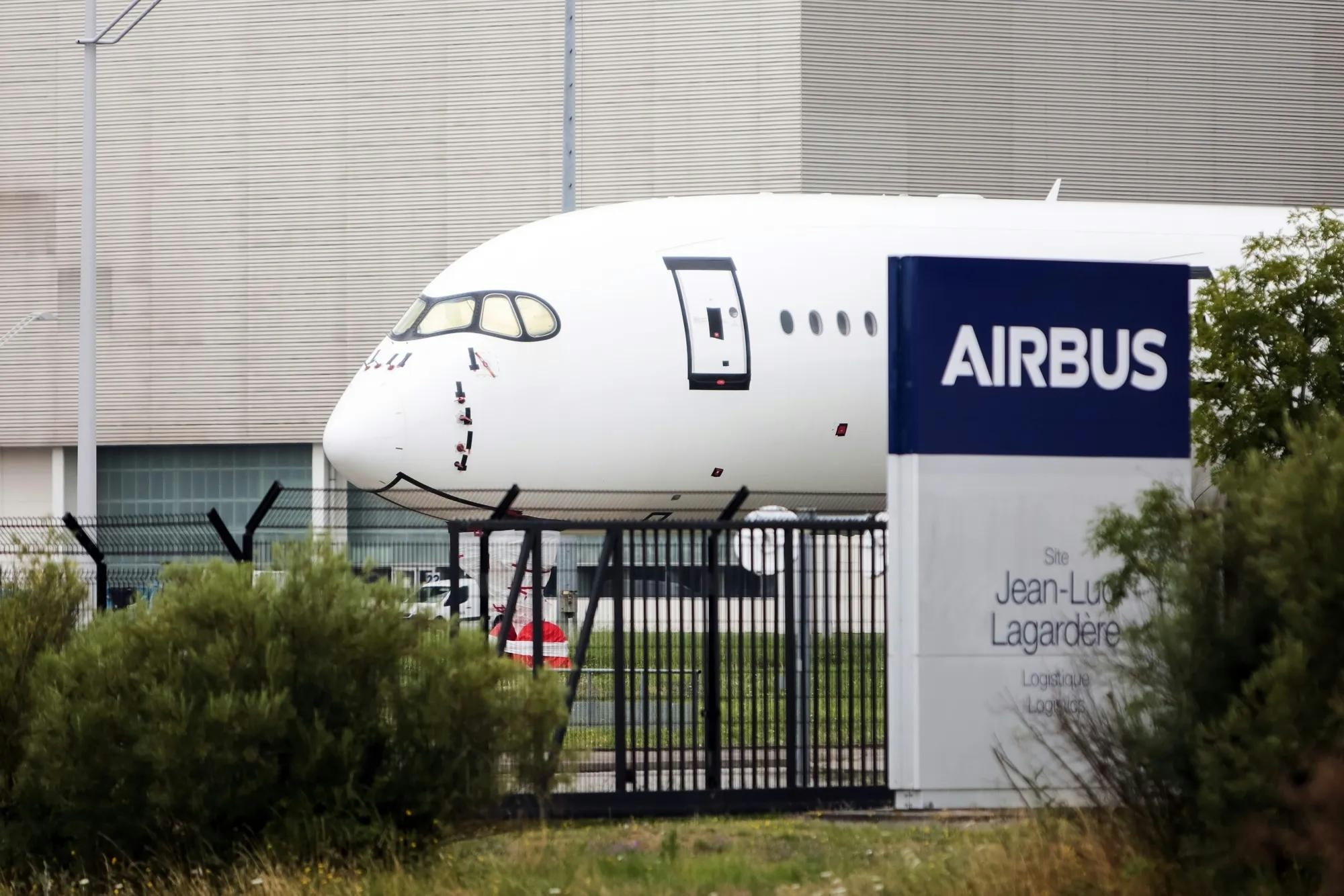
Kazakhstan and France Agree on Airbus Aircraft Deliveries
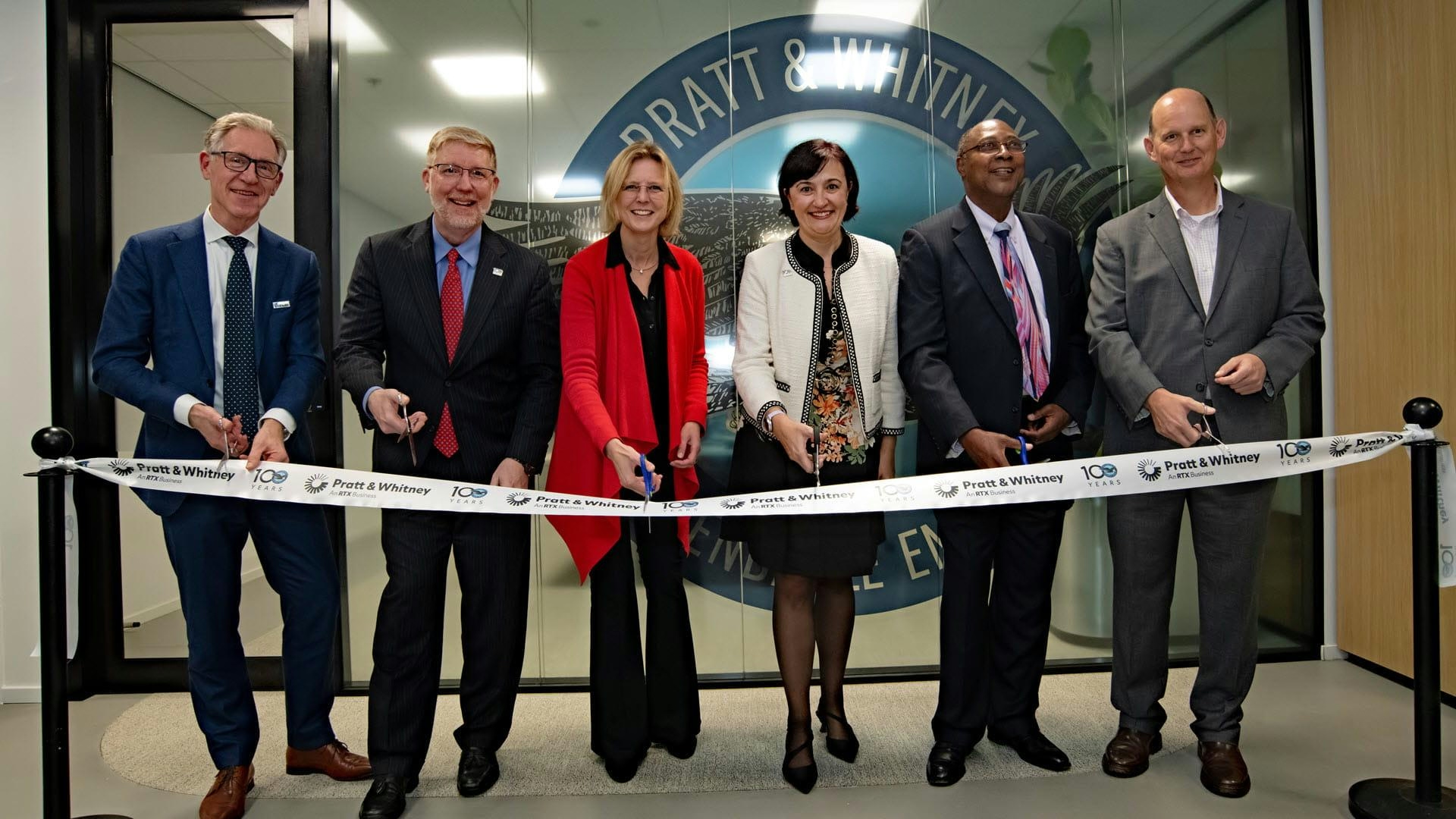
Europe’s Emerging Talent Drives Aviation Innovation
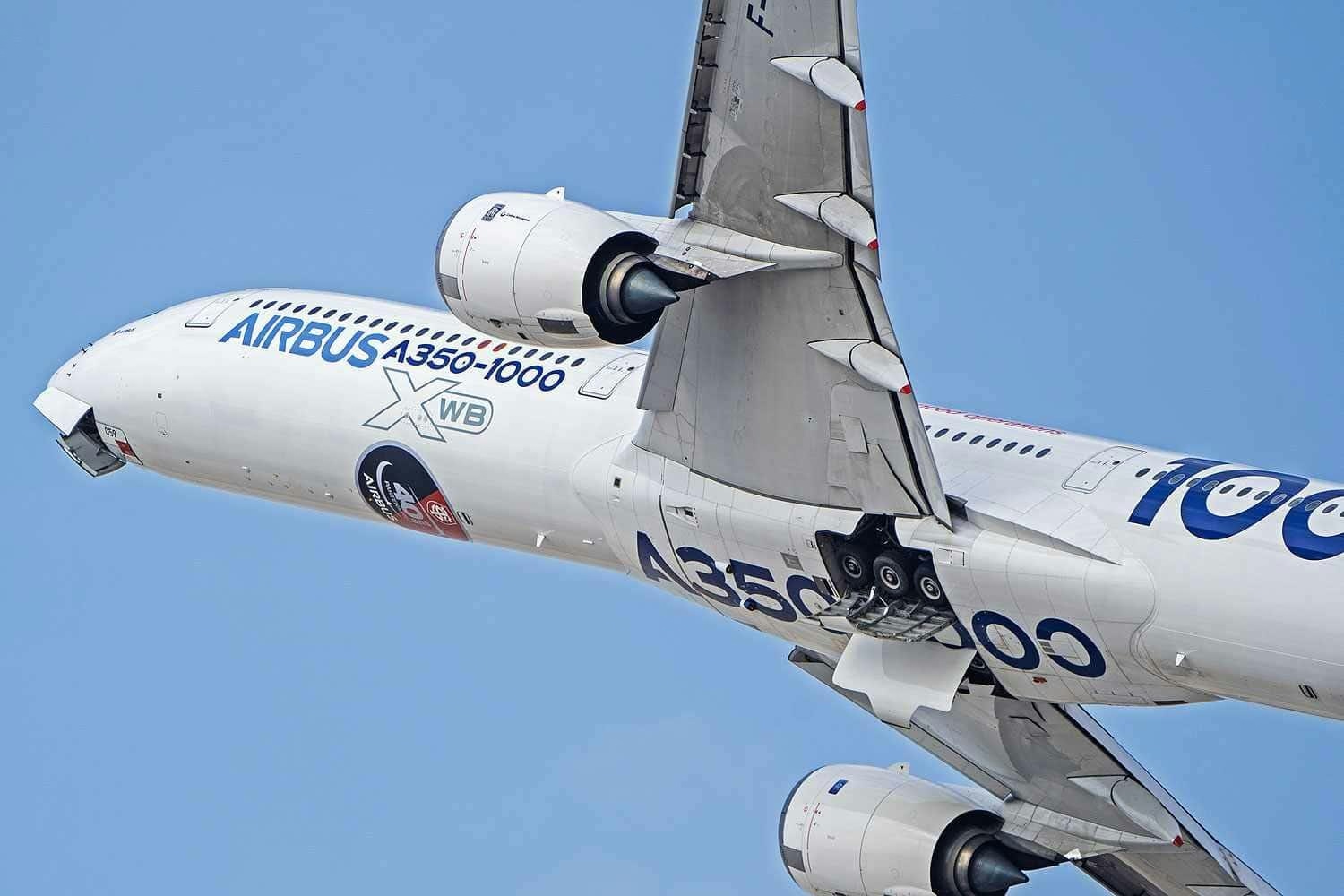
Airbus Receives New Order for A350-1000
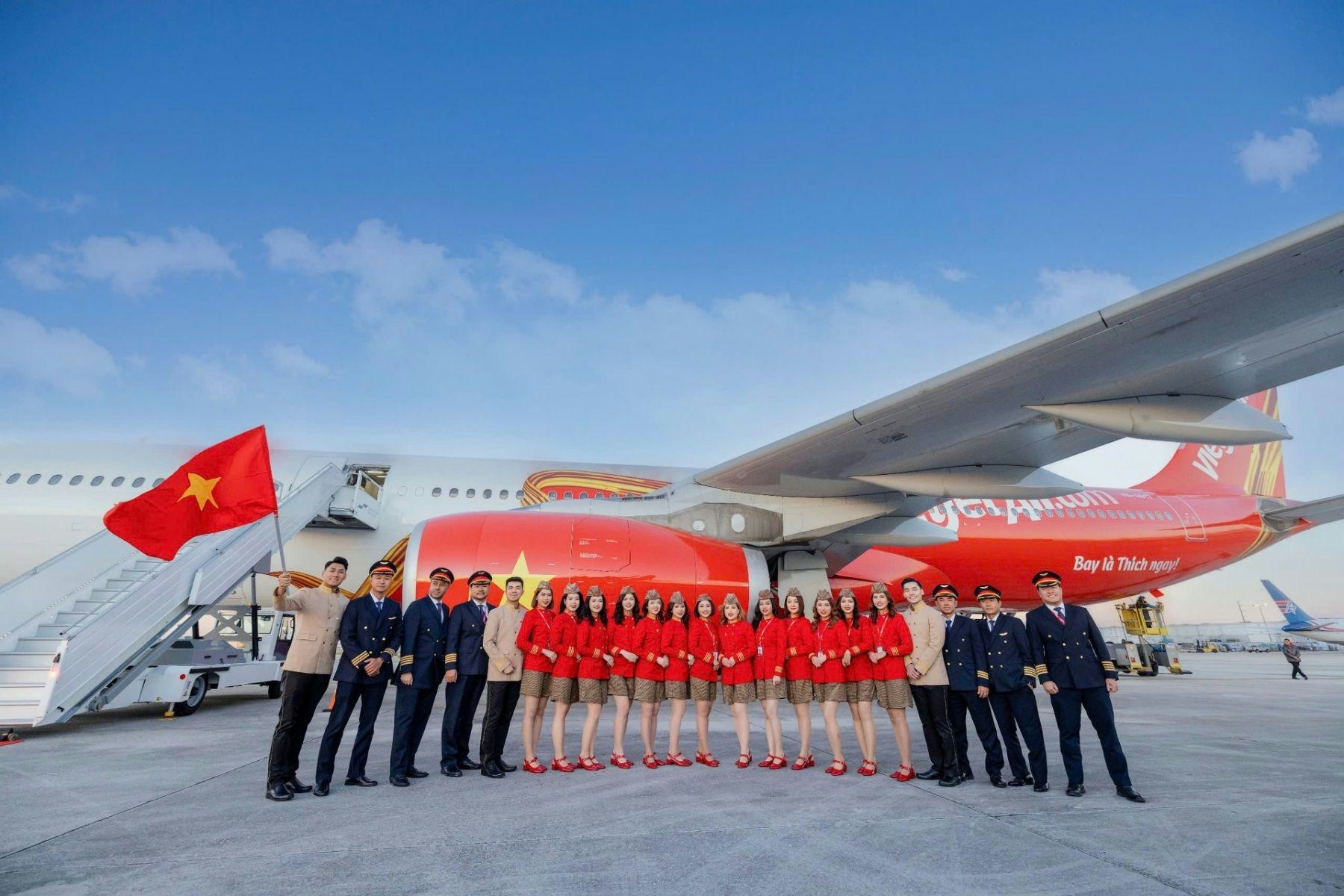
The Leading Widebody Aircraft in Service Today
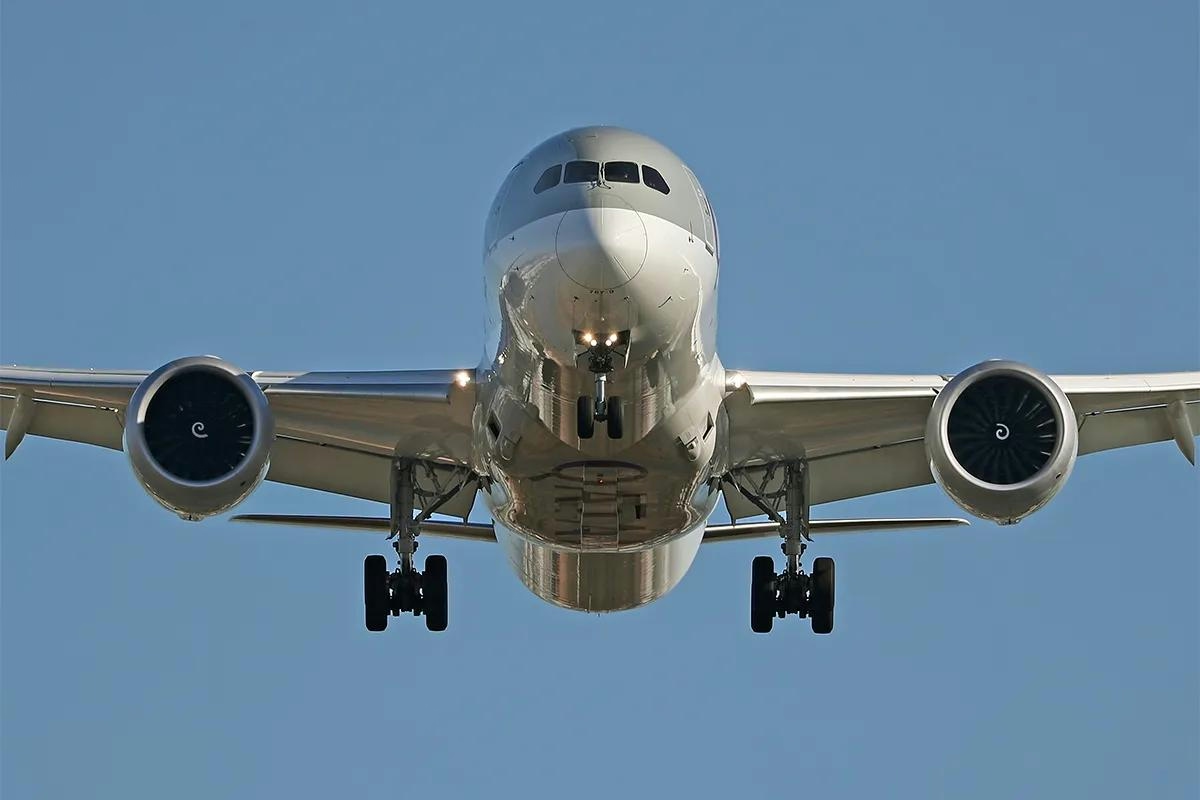
The Fastest Boeing Jet Currently in Service
